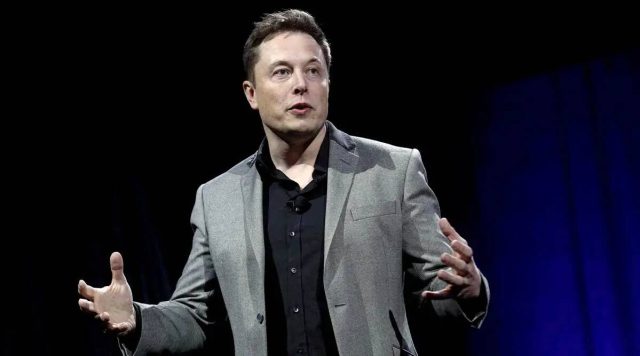In a 2020 presentation showcasing a pig with the implant, Musk suggested the device could “solve” conditions including paralysis and insomnia and could even give a user “superhuman vision.
In a presentation showcasing the Neuralink implant that Elon Musk hopes will someday connect the human brain to a computer, two monkeys were reportedly moving computer cursors with their brains.
The feat was first documented by others in a human in 2006 in the pre-YouTube era and with technology that is far more cumbersome, mooring patients to a computer with a cord.
Musk’s presentation Wednesday night offered little that was significantly new from previous demonstrations of the device. He continued to claim that the implant could make computer control possible for people with paralysis outside of a lab setting. But experts in the field questioned whether the demonstration showed major progress with the device, especially given the breadth of work underway nationwide.
“These are incremental advances,” Daniel Yoshor, a neurosurgeon and neuroscientist at the Perelman School of Medicine at the University of Pennsylvania who has worked with similar devices, said after watching the presentation. “The hardware is impressive but does not represent a dramatic advance in restoring or enhancing brain function.”
Neuralink does not have approval from the Food and Drug Administration to sell the device. Musk said Wednesday that the company had submitted most of its paperwork to the agency to seek permission to implant its device in a human. He predicted a test in humans in six months, but any step toward trials in people would be up to the FDA after a full evaluation of the risks of surgical implantation and safety of the device.
Neuralink originally scheduled the event for the end of October, before Musk, a multibillionaire, postponed the presentation amid one of the more chaotic months of his career. He recently completed his off-again, on-again purchase of Twitter, which has commanded much of his attention — and generated considerable controversy — over management of the social media company.
While Musk juggles that and other duties — he also oversees electric carmaker Tesla and rocket company SpaceX — Neuralink is emerging from a period of change. Last year, Max Hodak, the company’s president and one of its co-founders, left to launch his own venture in the field. Neuralink’s CEO is officially Jared Birchall, a wealth manager who runs Musk’s family office.
Wednesday night’s presentation focused on the “Link” device, which resembles an inch-wide stack of several coins with hundreds of hair-thin threads. A surgical robot would cut a hole in the skull and slip the electrode threads into the gray matter of the brain, according to Musk’s 2020 company presentation. The coinlike piece would sit flush with the skull.
Leaders in the field of brain-computer interface technology have been closely watching Neuralink’s investment in a device that operated without protruding wires or hardware. Yet Musk’s presentations thus far have concerned and underwhelmed many of them.
A 2021 Neuralink presentation of a monkey playing the video game Pong with his mind was similar to a primate demonstration at Brown University in 2001, although it had a far clunkier system.
In a 2020 presentation showcasing a pig with the implant, Musk suggested the device could “solve” conditions including paralysis and insomnia and could even give a user “superhuman vision.” Such applications sound like science fiction to scientists who are singularly focused on restoring basic functions, like typing, speaking or lifting a fork, to those who have lost them after a spinal cord injury or a dire diagnosis. For such patients, the benefits weigh favorably against the small, but serious, risk of brain surgery.
“No one is talking about implanting able-bodied people,” said Cindy Chestek, an associate professor of biomedical engineering at the University of Michigan whose lab is working on restoring function to amputees.
On Wednesday night, Musk said plans for his device included making the blind see and giving someone with a severed spinal cord “full-body functionality.” The claims drew applause from the audience but do not reflect the state of the field.









